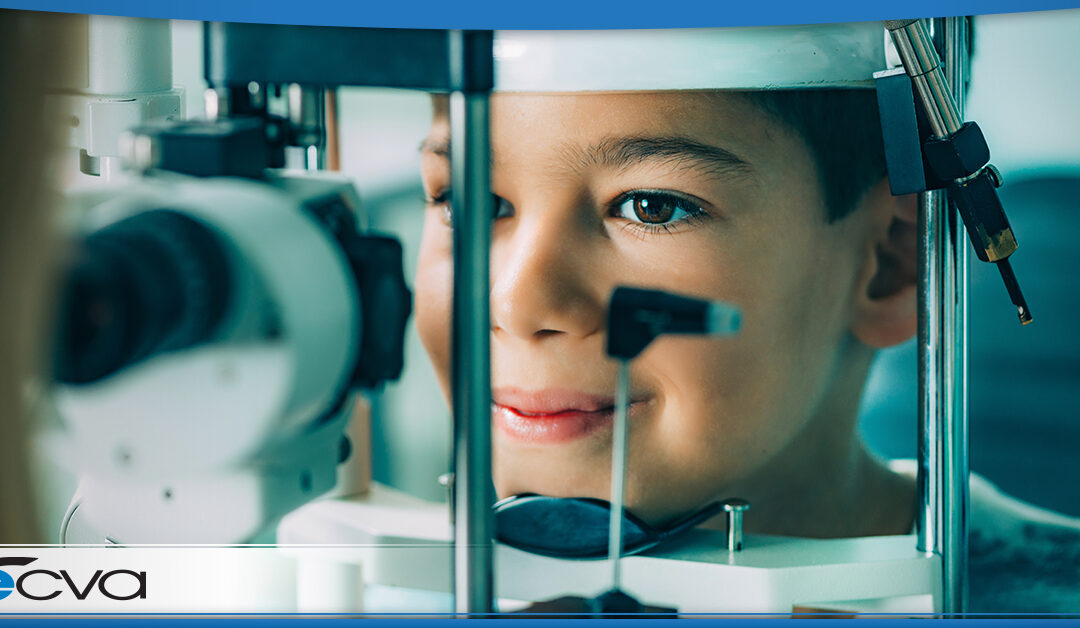Most parents are diligent about caring for their child’s health. However, many overlook the importance of eye exams or aren’t fully aware of when their child should see an eye doctor. This is especially true with younger children who aren’t yet in school or reading.
But even if your child is too young to read an eye chart, that doesn’t mean you should forgo regular eye exams. If you are wondering when you should bring your child in for an appointment, here’s what you need to know.
When Your Child Should Get Their First Eye Exam
While most pediatricians check your child’s eyes on a basic level, their exams aren’t as comprehensive as what your child receives from an eye doctor. Ideally, your child should come in for their first official eye exam when they are six months to one year old. This creates an opportunity for certain issues or anomalies to be spotted early, making treatment simpler and more effective.
When Your Child Should Come in Again for an Eye Exam
After an initial exam, many children won’t need a second one until they begin kindergarten. It’s wise to have their vision checked at that time, ensuring they can see clearly when they start attending school.
However, if your child is exhibiting any signs of a vision problem, it’s best to come in earlier. This could include squinting, issues with headaches, holding items closer to the face than usual, and more.
Additionally, if there’s any evidence of an abnormality, it’s wise to schedule an appointment immediately. Issues like strabismus or lazy eye – where eyes are crossed, turned, or otherwise misaligned – are often fairly apparent.
It’s also wise to bring children in more often if there is a family history of certain eye issues. This can include eye conditions like those above and early development of near- or farsightedness.
How often they need to come in for appointments after that can vary. For children without vision issues, a history of eye problems in the family, and no symptoms of vision challenges, an eye exam every two years may be enough. If your child requires vision correction or there’s a family history of eye conditions, then once a year is wise.
However, it’s also crucial to bring your child in immediately if they are exhibiting symptoms that could indicate an eye or vision condition. This can include changes in how they act or interact with objects, trouble reading, a sudden decline in their grades, coordination challenges, and more.
As with adults, early intervention is the key to eye health. Plus, by seeing your eye doctor regularly, you can make sure your child’s vision is sharp, ensuring they can learn, participate in activities, and otherwise have a fantastic childhood.
At ECVA, our staff works tirelessly to care for the eye health of our patients. If your child hasn’t had an eye exam recently, schedule an appointment at your closest ECVA clinic today.


